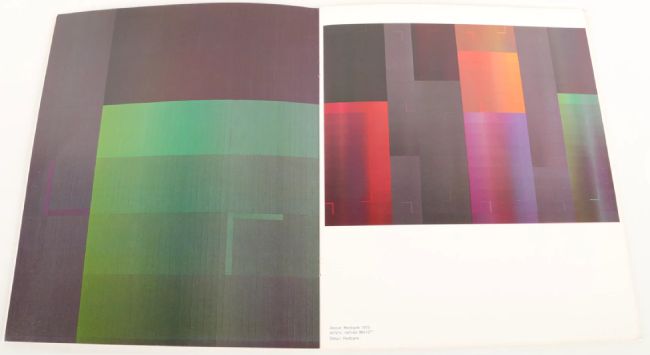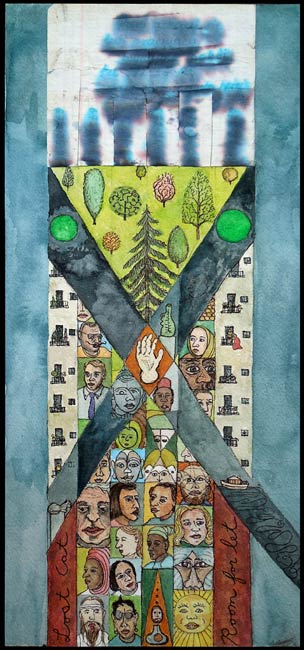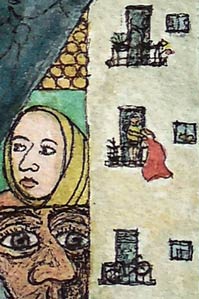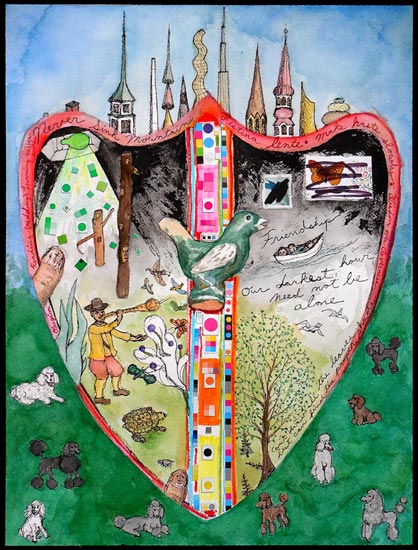When we say a name we associate it with a person and accept it. The name fits the person and the person fits the name. However, when I investigated the namesake of my son Simon, I found surprising details. I knew there was an apostle named Simon. However, little is known about him. Additionally, the apostle Peter is referred to as Simon Peter and I also found a reference to Jesus having a brother Simon. When I began to see depictions of Saint Simon (also referred to as Simeon) it was not often the apostle, rather it was a Simon born later. This Simon, presumably named after the apostle, was an ascetic that spent much of his time on a pillar. I also found there were two Saint Simons who inhabited a pillar (Saint Simeon Stylites the Elder and the Younger). In paintings and illustrations sometimes the pillar appears as a column and other times as a tower. In Aleppo, Syria Simon’s stone ‘pillar’ is a site to see, and a round stone has been placed on top of it. However, what originally inspired my investigation was a calendar image depicting Saint Simeon Stylites.
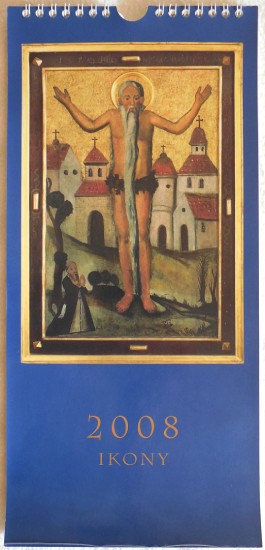
Above is an image of the calendar where I found Saint Simon. Below is the page where Simon can be seen depicted on top of his pillar.


Belarussian icon, end 18th century, tempera on board,
Orthodox church in Milejczyce, Poland.
Upon translating the text on the calendar, I found that the image was originally published in a book of 300 icon images titled Ikony w Polsce. Od średniowiecza do współczesności by Micha ła Janochy. All the icons were found in Poland. Although I learned more about Saint Simon, my investigation is just beginning.

